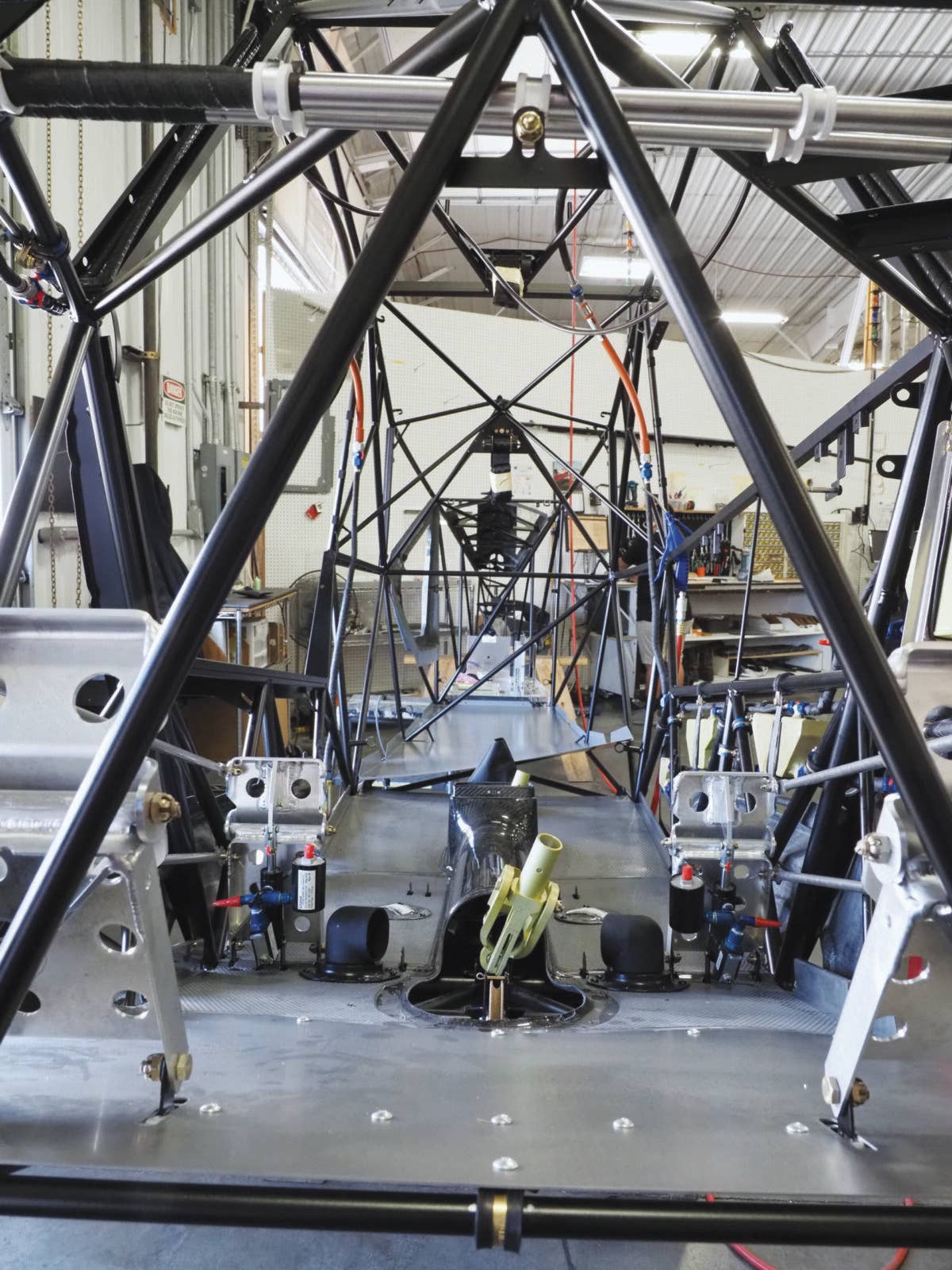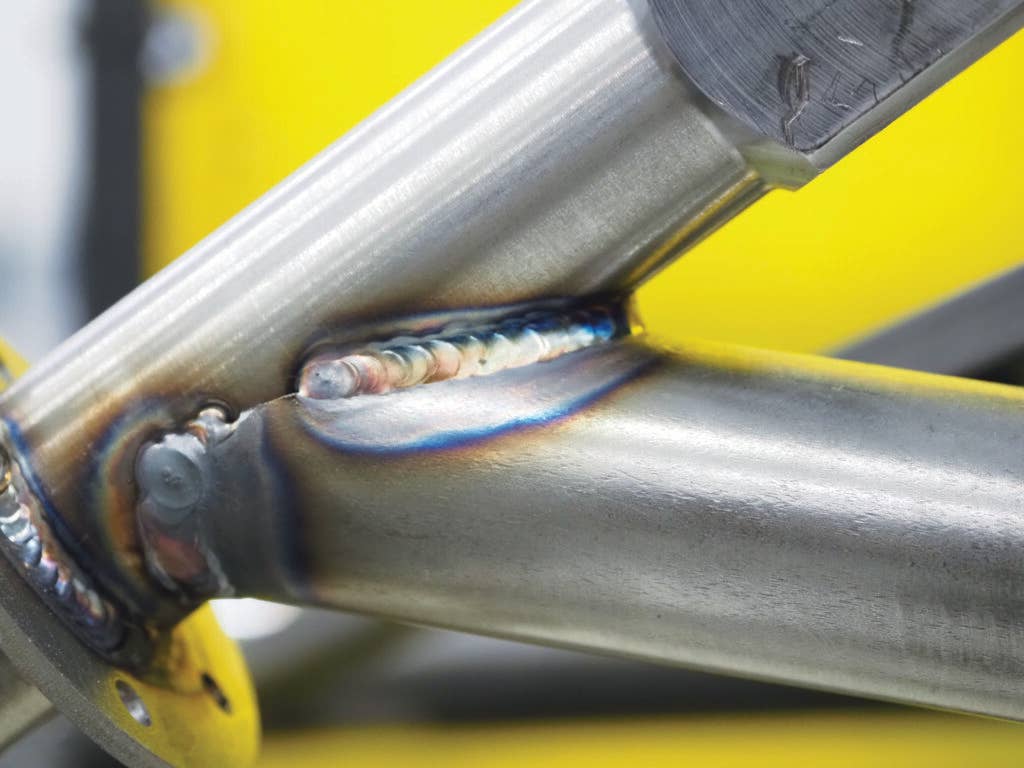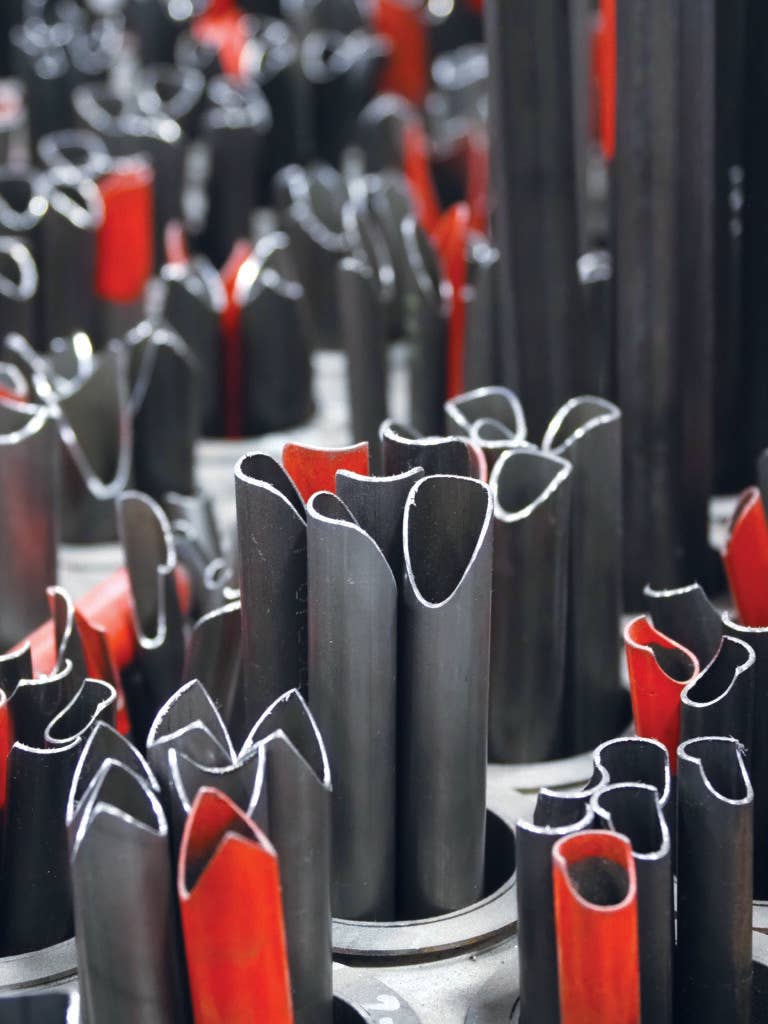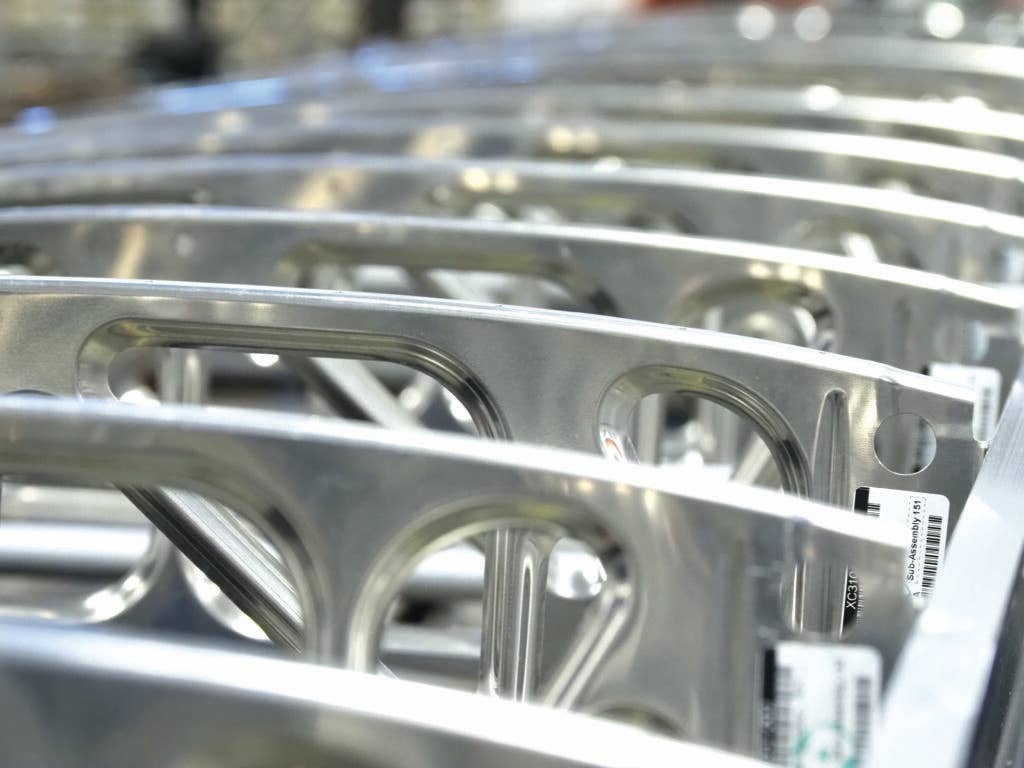Behind the Scenes at CubCrafters, Crafting a Cub
FLYING goes behind the scenes at the CubCrafters’ manufacturing facilities on the Yakima airport.

A powder coated frame at the CubCrafter manufacturing facility. [Credit: Jim Barrett]
It’s a factory in the sense that parts are manufactured here, with many of those assembled all the way into flying aircraft. But the CubCrafters' facilities on the Yakima airport still read like a renovation center, and a locus of innovation in a clearly defined lane: to craft the best Cub possible, whatever that means.
That definition has evolved over the 35-plus years that the company has developed mods for the Piper Super Cub, and created the Top Cub and current succeeding models to answer the insatiable need for Cub-like airplanes. Adapting new technology and backcountry tricks, the current Cubs—the Carbon Cubs, SportCubs, and XCub/NXCub—read like a flavor board at Baskin-Robbins. No matter what you order, it’s a great ice cream cone, but if you want it in a cup, we can do that too, they seem to say.
The Art of Building
CubCrafters’ physical plant lies in a series of large warehouse-style buildings on and adjacent to KYKM. With processes that vary between composite layup, steel-tube welding, aluminum casting, and fabric work, there’s a wide range of talent on display as we walk through each area in succession.
The recent growth feels apparent, as the company has been investing in the most modern CNC machines to precisely print and punch parts while still housing original jigs for the robust yet more traditional airframe structures. The factory-built SLSA Sport Cub comes together alongside the kit components for E/AB aircraft that still form a significant portion of what CubCrafters pushes out the door each year.



The trike XCub and nosewheel-equipped NXCub come completely factory built—and we can’t help but follow their path as well, as the company builds parts for each model in tandem in each of the shops. But during our tour, we focus mostly on the composition of the FX3 and EX3. What’s the difference between the two? One invites the builder into the factory to shepherd the construction and assembly process, and one goes out the door in a series of parts and pieces for the owner-builder to fashion on their own.
A Guided Process
The steps to build the FX3 take advantage of the tooling and skill sets at the CubCrafters’ base. The program consists of three phases over the course of 10 working days. In the first factory session, the builder spends five days working under supervision from the company’s technicians to craft the parts that will go into their airplane. In the second phase, CubCrafters puts the parts and components through an inspection and assembly process to ensure they pass quality control and will be ready for the third and final phase. That’s when the builder returns to Yakima to complete the final assembly and inspection. After airworthiness certification, the factory also provides two test flights by company pilots to log the initial hours on the airplane.
At EAA AirVenture 2022, CubCrafters made experimental OEM history when it launched its first stock offering to investors at the show. This was no regular IPO, but instead a filing with the Securities and Exchange Commission to secure up to $45 million in capital. At $5 per share and a minimum investment of $400, the company sought to preserve its grassroots feel while answering the need for growth.
And the need is acutely felt—right now, customers face a backlog of up to 27 months for kits and aircraft, depending on the model. As of October, CubCrafters has secured more than half of the proposed investment, and it’s ready to use the money to grow its operation.

Subscribe to Our Newsletter
Get the latest FLYING stories delivered directly to your inbox






